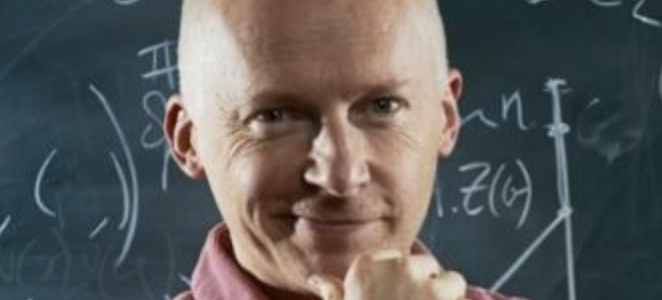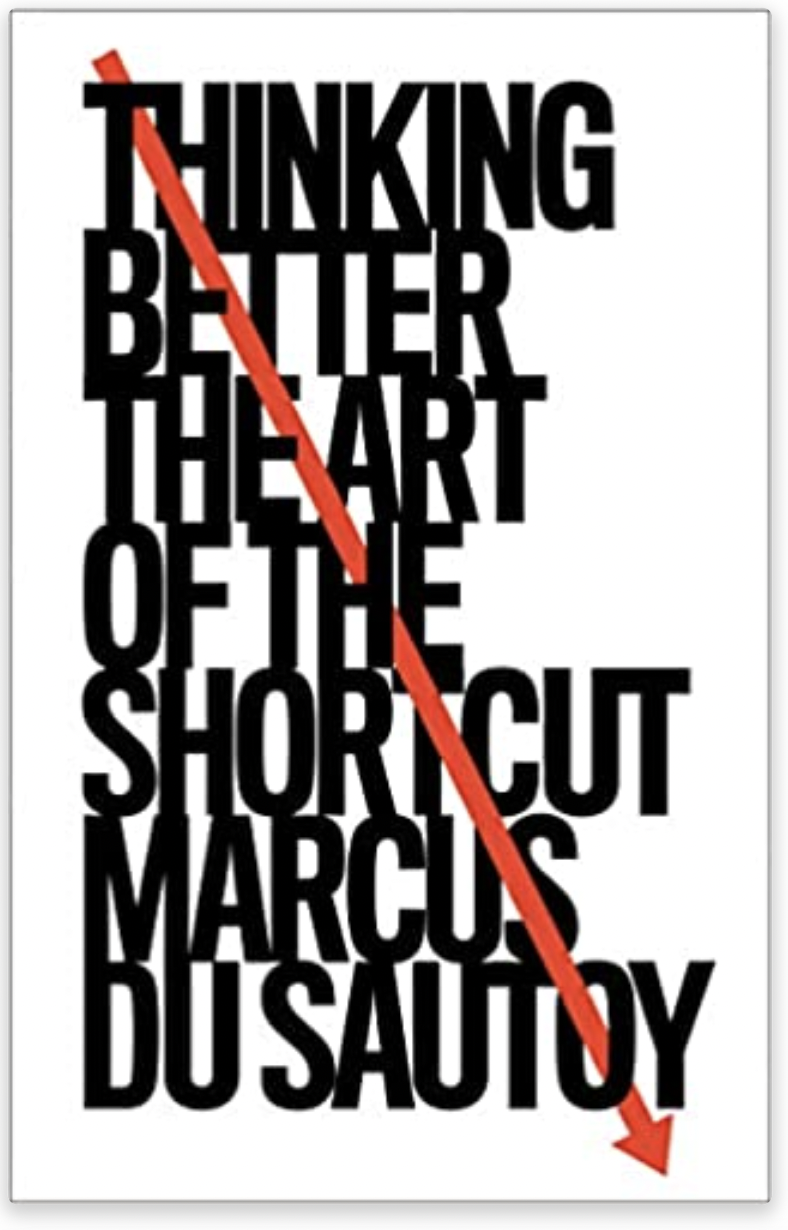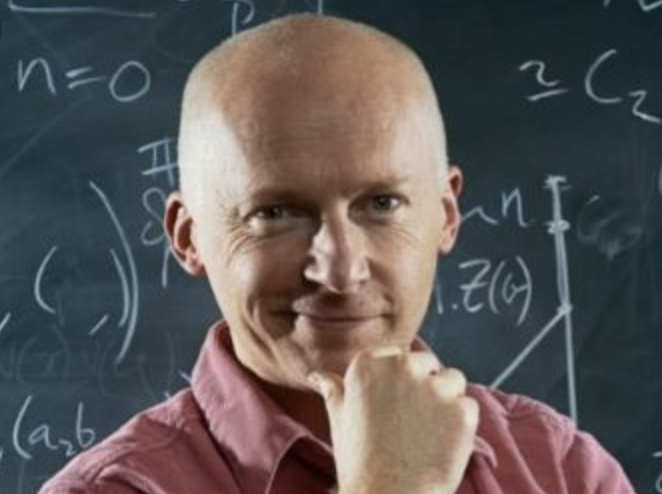
Math the ultimate timesaver – Shortcuts


One of the world’s greatest mathematicians shows why math is the ultimate timesaver – and how everyone can make their lives easier with a few simple shortcuts. Success is about shortcuts which allows us to solve one problem quickly so that we can tackle even bigger one. They make us capable of doing great things.
How do you remember more and forget less? How can you earn more and become more creative just by moving house? And How do you pack a car boot most efficiently?
Mathematics is full of better ways of thinking and with over 2, 000 years of knowledge to draw on, Oxford mathematician Marcus du Sautoy whose passion for shortcuts have enabled so much of human progress, whether in constructing the first cities around the Euphrates 5, 000 years ago, using calculus to determine the scale of the universe or in writing today’s algorithms that help us find a new life partner.
The most useful shortcuts in history such as measuring the circumference of the earth in 240BC to diagrams that illustrate how modern GPS works and how to learn a musical instrument to memory techniques. He talks to writer Robert MacFarlane, cellist Natalie Clein and the psychologist Suzie Orbach, asking whether shortcuts are always the best idea, and, if so, when they use them.
Thinking Better offers many clever strategies for daily complex problems.
Carl Friedrich Gauss at the age of 9 had announced his mathematical genius to the world.
Du Sautoy was explaining us when he was sitting in a maths class, when his teacher explained that mathematics was “the art of the shortcut”.
1+100=101
2+99=101
3+98= 101
Once you see there are 50 pairs of numbers, each summing to 101,-the answer 5050 is not far away.
This is the moment a new vision of mathematics opened for du Sautoy, “the ability to see structure in our mind’s eye without physically encountering it”.
Mathematical shortcuts often offer easy ways to solve difficult puzzles, or the mass production of solutions so that a problem need only be solved once to unlock every similar problem.
Du Sautoy’s mash-ups of art, music and mathematic have sometimes pushed the boundaries of mathematical popularisation in unusual directions, but here he mostly plays it straight. This is a “greatest hits” of mathematical ideas presented with clarity and energy.
Thinking Better: The Art of the Shortcut by Marcus Du Sautoy, Fourth Estate, £20, 354 pages.
